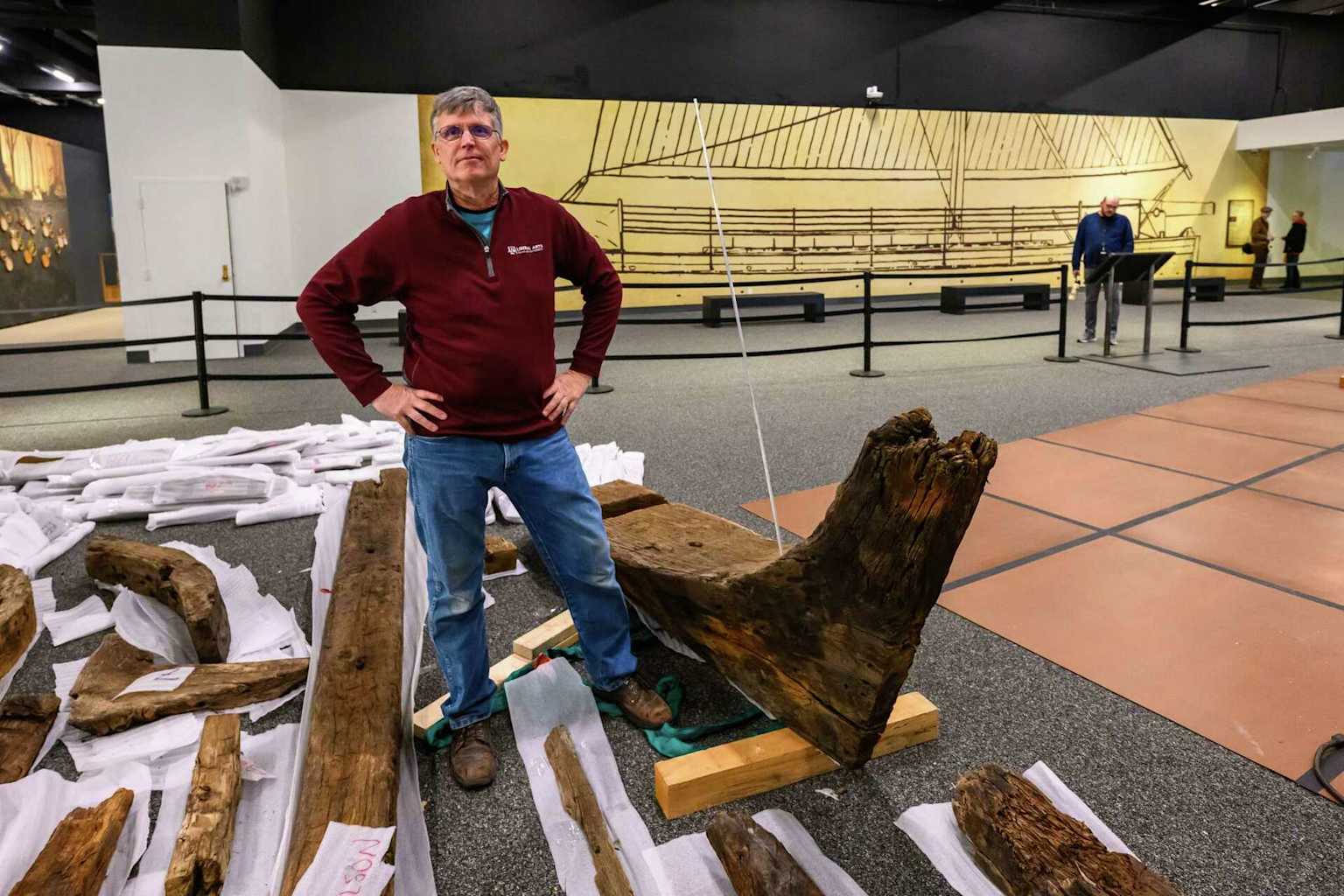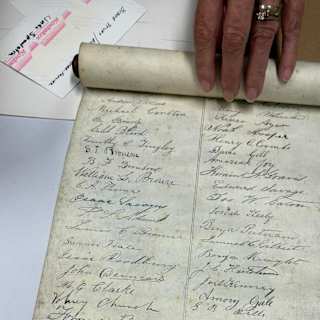- Public Witnesses History in the Making
- From Ground Zero to Museum Floor
- Revolutionary Mystery Remains Unsolved
A Revolutionary War-era gunboat discovered buried beneath Manhattan's World Trade Center site is nearing the end of a painstaking reconstruction at the New York State Museum, with work expected to conclude within days after a 15-year preservation effort.
More than 600 timber pieces from the 50-foot vessel are being reassembled in real-time before museum visitors in Albany, offering a rare glimpse into both archaeological restoration and America's founding era as the nation prepares to mark its 250th anniversary.

Research assistants and volunteers have spent recent weeks cleaning the weathered timbers with picks and brushes on the museum floor, arranged like giant puzzle pieces before reconstruction could begin12. Peter Fix, an associate research scientist at Texas A&M University's Center for Maritime Archaeology and Conservation who is overseeing the rebuilding, said work is expected to finish around the end of the month34.
"The public can come and contemplate the mysteries around this ship," said Michael Lucas, the museum's curator of historical archaeology13. "Because like anything from the past, we have pieces of information. We don't have the whole story."
The discovery began in July 2010 when construction crews working on an underground parking facility found curved hull timbers 22 feet below street level, near where the Twin Towers stood before the September 11 attacks12. The oxygen-poor soil had preserved the muddy wood for over two centuries23.
Each of the 600 pieces underwent three-dimensional scanning and spent years in preservative fluids before being placed in a giant freeze-dryer to remove moisture23. The timbers were then wrapped in more than a mile of foam and shipped from Texas to the Albany museum23.
Analysis of the timbers showed they came from trees cut in the Philadelphia area in the early 1770s, suggesting the boat was built hastily in summer 1775 to defend Philadelphia from British forces coming up the Delaware River12. Thirteen gunboats were constructed that summer, featuring bow cannons and carrying 30 or more men12.
Evidence suggests British forces later captured the vessel, including a pewter button inscribed with "52" likely from the British Army's 52nd Regiment of Foot31. The ship may have traveled as far as the Caribbean before ending up abandoned along Manhattan's shore and buried in landfill around the 1790s as the city expanded into the Hudson River31.
"Who would have thought in a million years, 'someday, this is going to be in a museum?'" Lucas told recent visitors12.





